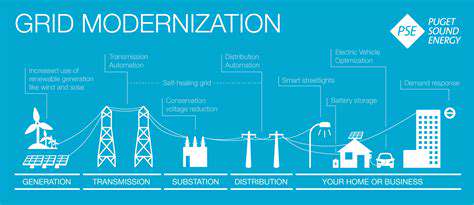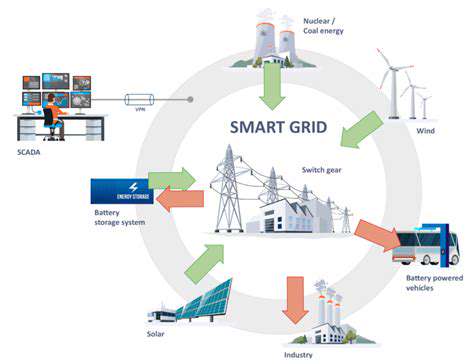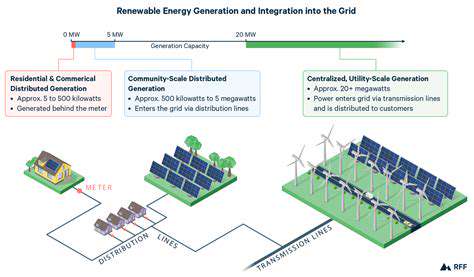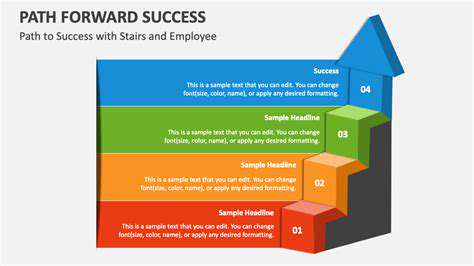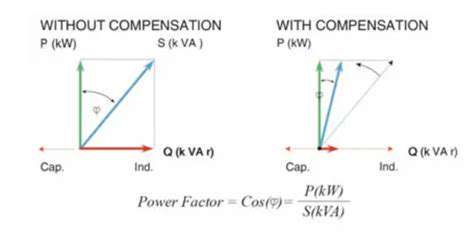Energy Storage for Voltage Support in Grids
Introduction to Voltage Support Needs
Understanding Voltage Fluctuations in Grids
Voltage fluctuations represent an ever-present challenge in modern electrical grids. These variations emerge from diverse sources - from sudden industrial load changes to the intermittent nature of solar and wind generation. Even minor deviations from nominal voltage levels can cascade into serious grid reliability issues, making their management critical for power system operators worldwide.
Maintaining the delicate equilibrium between supply and demand grows increasingly complex as grids evolve. Voltage sags during peak demand periods and swells during low-load conditions can wreak havoc on sensitive manufacturing equipment and digital infrastructure. Modern grid operators employ sophisticated monitoring systems to predict and counteract these fluctuations before they impact end-users.
The Role of Energy Storage in Voltage Support
Contemporary energy storage solutions have revolutionized voltage regulation strategies. These systems act like shock absorbers for the grid, instantly injecting or absorbing power to maintain optimal voltage levels. Their rapid response capability proves particularly valuable when compensating for the variable output from renewable generation sources.
Beyond immediate voltage correction, storage systems provide crucial ancillary services. They maintain voltage within tight tolerances during generator trips or transmission line faults, preventing cascading outages. This dual functionality makes them indispensable in modern grid architectures.
Different Energy Storage Technologies for Voltage Support
The voltage support technology landscape offers multiple solutions, each with distinct advantages. Lithium-ion systems dominate the market for fast-response applications, while emerging solid-state batteries promise even greater performance. For large-scale needs, pumped hydro remains the workhorse technology, despite its geographical constraints.
Innovative alternatives like vanadium redox flow batteries are gaining traction for long-duration applications. Their unique chemistry allows for virtually unlimited cycle life, making them ideal for frequent charge/discharge cycles required for voltage regulation.
Implementing Energy Storage for Voltage Support Strategies
Successful storage deployment requires meticulous planning. Engineers must analyze years of grid performance data to properly size systems and determine optimal locations. The most effective implementations combine multiple storage technologies, leveraging each one's strengths to address different voltage regulation challenges.
Advanced control algorithms have transformed storage system effectiveness. Modern systems can predict voltage deviations before they occur, proactively adjusting their operation to maintain grid stability. This predictive capability becomes increasingly vital as renewable penetration levels continue rising globally.
Energy Storage Technologies for Voltage Regulation
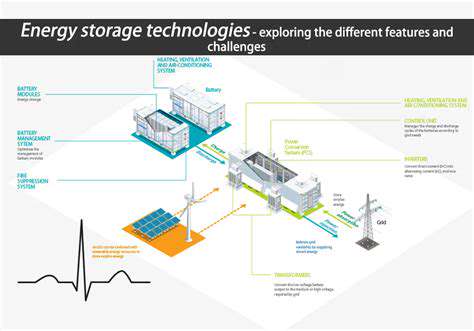
Advanced Battery Technologies
The battery technology revolution continues unabated, with researchers making weekly breakthroughs. While lithium-ion maintains market dominance, new chemistries like lithium-silicon and lithium-metal promise dramatic improvements. Solid-state designs particularly stand out, potentially doubling energy density while eliminating flammable components that have caused safety concerns.
These next-generation batteries could transform voltage support applications. Their enhanced cycle life and faster response times would allow more aggressive voltage regulation strategies without compromising system longevity. Utilities worldwide are closely monitoring these developments.
Flow Batteries and Their Advantages
Flow battery technology has matured significantly in recent years. Modern systems demonstrate exceptional longevity, with some designs rated for over 20,000 cycles. Their liquid electrolyte architecture provides unique advantages for grid-scale applications, particularly in voltage support roles.
The decoupling of power and energy capacity makes flow batteries uniquely adaptable. Operators can scale storage duration independently from power output, allowing precise matching to specific grid requirements. This flexibility proves invaluable for addressing diverse voltage regulation challenges across different grid architectures.
Supercapacitors and Their Applications
Supercapacitors fill a critical niche in the voltage support ecosystem. Their ability to respond in milliseconds makes them ideal for addressing the most abrupt voltage fluctuations. While unsuitable for long-term energy storage, their power density remains unmatched among electrochemical systems.
Hybrid systems combining supercapacitors with batteries deliver exceptional performance. The capacitors handle sudden spikes while batteries manage sustained regulation. This combination proves particularly effective in industrial settings where voltage sags can disrupt sensitive manufacturing processes.
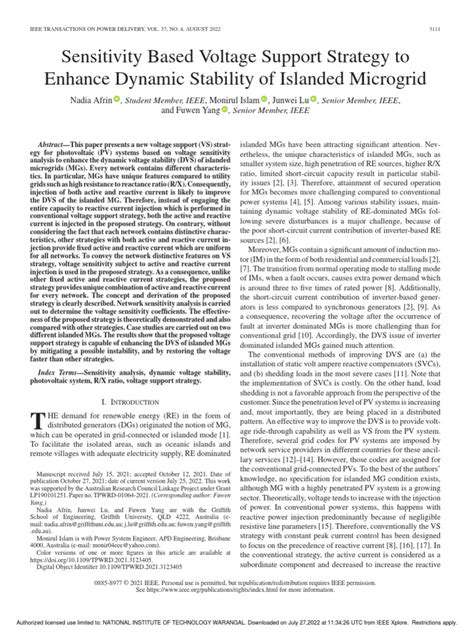
Integration and Grid Management Considerations
Integration Strategies for Energy Storage
Storage system integration requires careful coordination with existing grid infrastructure. Modern approaches emphasize distributed architectures, placing smaller storage units closer to load centers. This strategy reduces transmission losses while improving local voltage regulation capabilities.
Advanced power electronics have simplified integration challenges. Modern inverters can seamlessly transition between grid-forming and grid-following modes, adapting to changing system conditions. This flexibility proves crucial when maintaining voltage stability during grid disturbances.
Grid-Scale Energy Storage Deployment
Large-scale storage deployment demands comprehensive planning. Site selection must consider both technical and economic factors, balancing proximity to renewable generation with transmission capacity constraints. Strategic placement can multiply a storage system's voltage regulation effectiveness, particularly in weak grid areas prone to voltage instability.
Voltage Regulation and Support
Modern storage systems offer unprecedented voltage control precision. Their sub-cycle response capabilities allow them to counteract fluctuations before they impact sensitive equipment. This rapid response becomes increasingly valuable as grids incorporate more inverter-based resources with limited inherent voltage support capabilities.
Grid Stability Enhancement
Storage systems provide synthetic inertia that helps stabilize grids during disturbances. Their ability to instantly inject reactive power makes them particularly effective at preventing voltage collapse scenarios. This capability grows more important as traditional synchronous generators retire.
Economic Considerations in Grid Management
The business case for storage-based voltage support strengthens annually. Declining battery costs combined with multiple revenue streams (ancillary services, capacity payments) improve project economics. Utilities now recognize storage as a cost-effective alternative to traditional voltage regulation methods.
Operational Management and Control
Artificial intelligence transforms storage system operation. Machine learning algorithms predict voltage fluctuations before they occur, enabling proactive response. These advanced control systems continuously optimize storage operation, maximizing both grid support and economic returns.


